How to implement automatic database backup in PHP
How to use PHP to automatically back up the database
mysqldump -u username -p dbname table1 table2 ... > BackupName.sql
- The dbname parameter represents the name of the database
- The table1 and table2 parameters represent the names of the tables that need to be backed up. If they are empty, the entire database will be backed up;
- BackupName.sql parameter table design backup The name of the file. An absolute path can be added in front of the file name. The database is usually divided into a file with the suffix name sql;

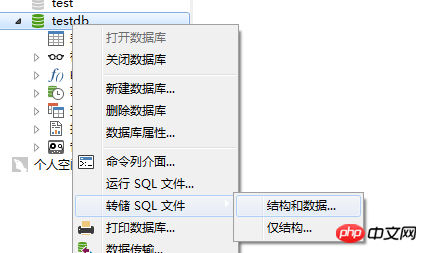
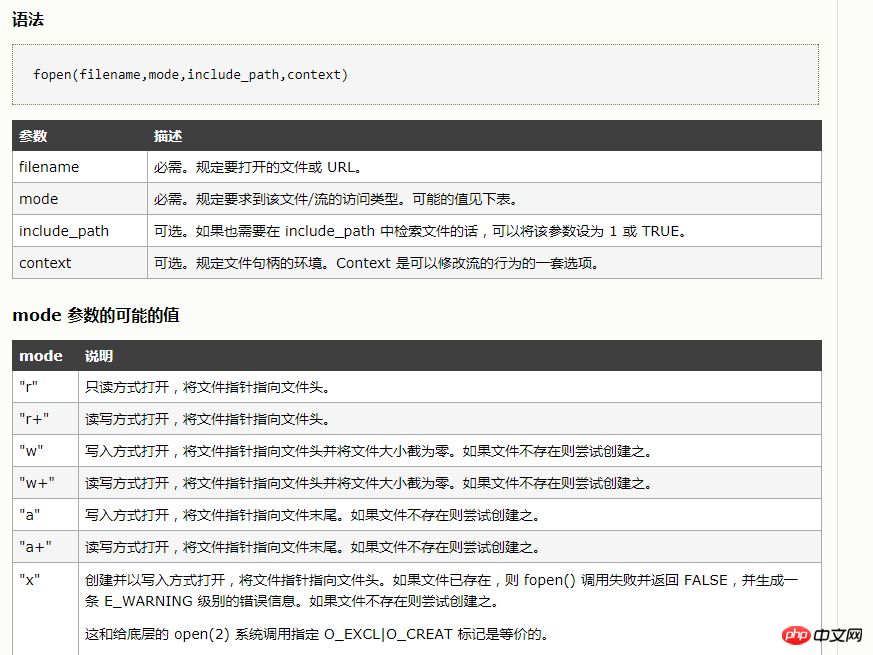
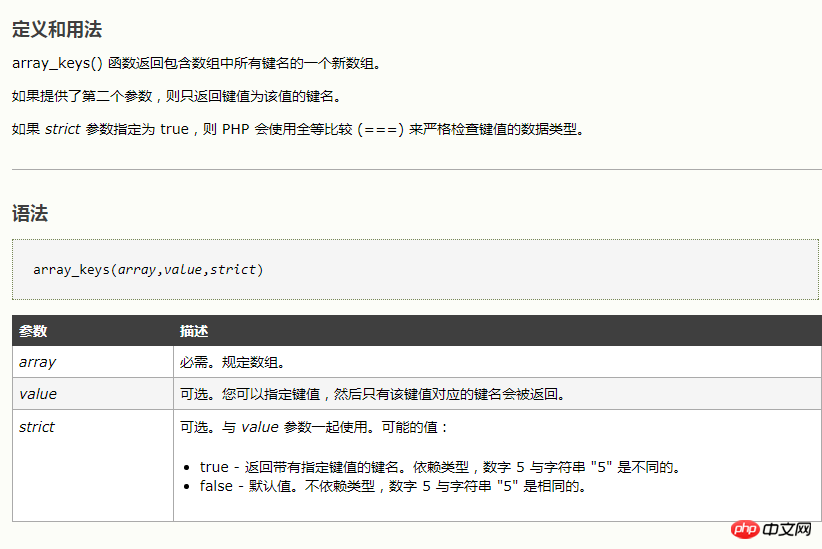
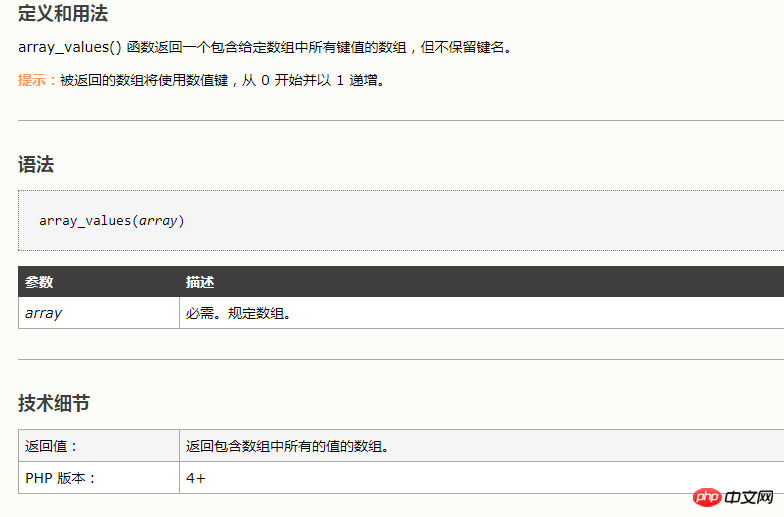
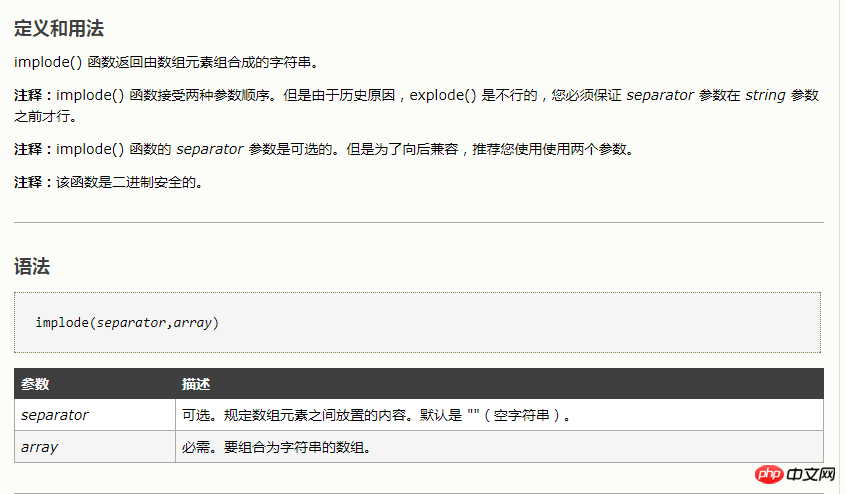 ##2.5, substr
##2.5, substr
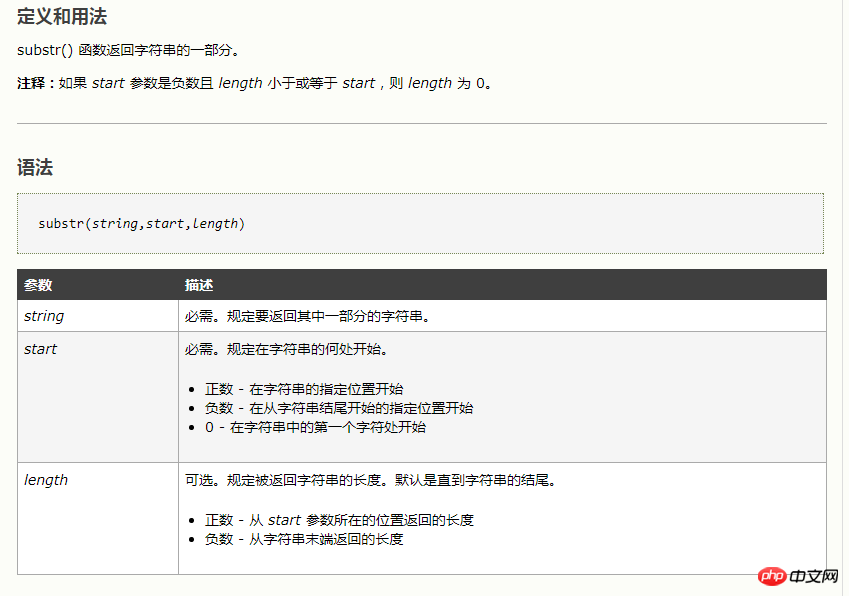 2.6, fwrite
2.6, fwrite
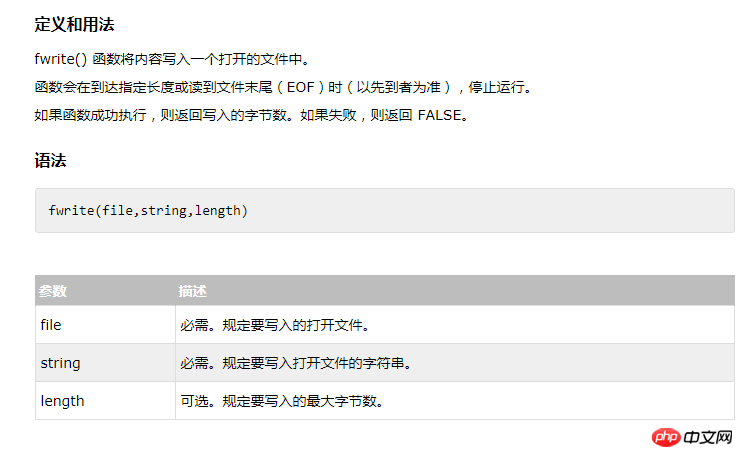 3. Implementation ideas
3. Implementation ideas
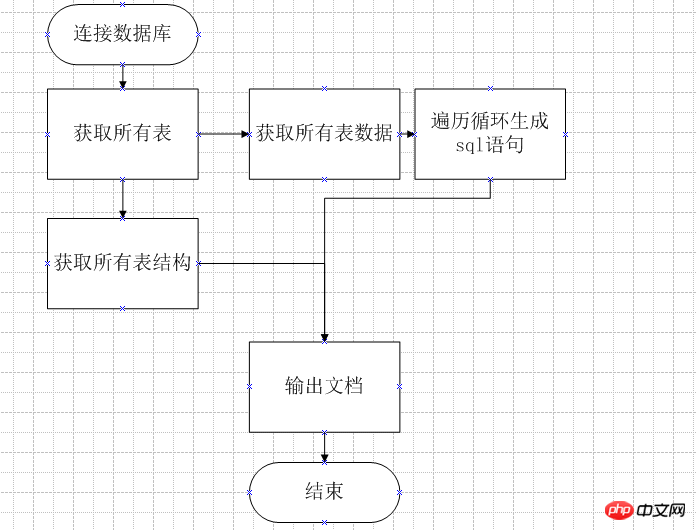 4. Code composition
4. Code composition
/**
* [copyDb description] 备份数据库
* @param [type] $dbname [description] 数据库名
* @param [type] $fileName [description] 存储的文件名
* @return [type] [description]
*/public function copyDb($dbname, $fileName){
$myfile = fopen($fileName, "w") or die("Unable to open file!");//打开存储文件
$this->link->query("use {$dbname}");//切换数据库
$this->changeDb($dbname);
$tables = $this->link->query('show tables');//获取当期数据库所有表名称
while($re = $tables->fetch(PDO::FETCH_ASSOC)){
//var_dump($re);//查看数组构成
$tableName = $re['Tables_in_'.$dbname];//构成特定的下标
$sql = "show create table {$tableName};";
$tableSql = $this->link->query($sql);
fwrite($myfile, "DROP TABLE IF EXISTS `{$tableName}`;\r\n");//加入默认删除表的遇见
//下面备份表结构,这个循环之执行一次
while($re = $tableSql->fetch(PDO::FETCH_ASSOC)){
// echo "<pre class="brush:php;toolbar:false">";
// var_dump($re);
// echo "";
echo "正在备份表{$re['Table']}结构"; fwrite($myfile, $re['Create Table'].";\r\n\r\n"); echo "正在备份表{$re['Table']}结构完成
"; } //下面备份表数据 echo "正在备份表{$tableName}数据
"; $sql = "select * from {$tableName};"; $valueSql = $this->link->query($sql); while($re = $valueSql->fetch(PDO::FETCH_ASSOC)){ $keyArr = array_keys($re);//获得对应的键值 $valueArr = array_values($re);//获得对应的值 $keyStr = ''; foreach ($keyArr as $key => $value) { $keyStr .= "`".$value."`,"; } $keyStr = substr($keyStr,0,strlen($keyStr)-1); //取出最后一个逗号 $valueStr = ''; // var_dump($valueArr); foreach ($valueArr as $key => $value) { $valueStr .= "'".$value."',"; } //以上的处理只是对应sql的写法 $valueStr = substr($valueStr,0,strlen($valueStr)-1); //取出最后一个逗号 $sql = "insert into `{$tableName}`({$keyStr}) values({$valueStr})"; fwrite($myfile, $sql.";\r\n\r\n"); } echo "正在备份表{$tableName}数据完成
"; echo "
"; } fclose($myfile);}
5. Conclusion
The main process of backing up the database:
1: Switch to the corresponding database;
2: Use show create table tableName to obtain the table structure and write it to the file;
3: Then query all table data, loop to generate the corresponding sql statement, and write it to the file;
4: The sql file generated by trial run;
The above is the detailed content of How to implement automatic database backup in PHP. For more information, please follow other related articles on the PHP Chinese website!

Hot AI Tools

Undresser.AI Undress
AI-powered app for creating realistic nude photos

AI Clothes Remover
Online AI tool for removing clothes from photos.

Undress AI Tool
Undress images for free

Clothoff.io
AI clothes remover

Video Face Swap
Swap faces in any video effortlessly with our completely free AI face swap tool!

Hot Article

Hot Tools

Notepad++7.3.1
Easy-to-use and free code editor

SublimeText3 Chinese version
Chinese version, very easy to use

Zend Studio 13.0.1
Powerful PHP integrated development environment

Dreamweaver CS6
Visual web development tools

SublimeText3 Mac version
God-level code editing software (SublimeText3)

Hot Topics
 Explain JSON Web Tokens (JWT) and their use case in PHP APIs.
Apr 05, 2025 am 12:04 AM
Explain JSON Web Tokens (JWT) and their use case in PHP APIs.
Apr 05, 2025 am 12:04 AM
JWT is an open standard based on JSON, used to securely transmit information between parties, mainly for identity authentication and information exchange. 1. JWT consists of three parts: Header, Payload and Signature. 2. The working principle of JWT includes three steps: generating JWT, verifying JWT and parsing Payload. 3. When using JWT for authentication in PHP, JWT can be generated and verified, and user role and permission information can be included in advanced usage. 4. Common errors include signature verification failure, token expiration, and payload oversized. Debugging skills include using debugging tools and logging. 5. Performance optimization and best practices include using appropriate signature algorithms, setting validity periods reasonably,
 PHP Program to Count Vowels in a String
Feb 07, 2025 pm 12:12 PM
PHP Program to Count Vowels in a String
Feb 07, 2025 pm 12:12 PM
A string is a sequence of characters, including letters, numbers, and symbols. This tutorial will learn how to calculate the number of vowels in a given string in PHP using different methods. The vowels in English are a, e, i, o, u, and they can be uppercase or lowercase. What is a vowel? Vowels are alphabetic characters that represent a specific pronunciation. There are five vowels in English, including uppercase and lowercase: a, e, i, o, u Example 1 Input: String = "Tutorialspoint" Output: 6 explain The vowels in the string "Tutorialspoint" are u, o, i, a, o, i. There are 6 yuan in total
 Explain late static binding in PHP (static::).
Apr 03, 2025 am 12:04 AM
Explain late static binding in PHP (static::).
Apr 03, 2025 am 12:04 AM
Static binding (static::) implements late static binding (LSB) in PHP, allowing calling classes to be referenced in static contexts rather than defining classes. 1) The parsing process is performed at runtime, 2) Look up the call class in the inheritance relationship, 3) It may bring performance overhead.
 How do you parse and process HTML/XML in PHP?
Feb 07, 2025 am 11:57 AM
How do you parse and process HTML/XML in PHP?
Feb 07, 2025 am 11:57 AM
This tutorial demonstrates how to efficiently process XML documents using PHP. XML (eXtensible Markup Language) is a versatile text-based markup language designed for both human readability and machine parsing. It's commonly used for data storage an
 What are PHP magic methods (__construct, __destruct, __call, __get, __set, etc.) and provide use cases?
Apr 03, 2025 am 12:03 AM
What are PHP magic methods (__construct, __destruct, __call, __get, __set, etc.) and provide use cases?
Apr 03, 2025 am 12:03 AM
What are the magic methods of PHP? PHP's magic methods include: 1.\_\_construct, used to initialize objects; 2.\_\_destruct, used to clean up resources; 3.\_\_call, handle non-existent method calls; 4.\_\_get, implement dynamic attribute access; 5.\_\_set, implement dynamic attribute settings. These methods are automatically called in certain situations, improving code flexibility and efficiency.
 PHP and Python: Comparing Two Popular Programming Languages
Apr 14, 2025 am 12:13 AM
PHP and Python: Comparing Two Popular Programming Languages
Apr 14, 2025 am 12:13 AM
PHP and Python each have their own advantages, and choose according to project requirements. 1.PHP is suitable for web development, especially for rapid development and maintenance of websites. 2. Python is suitable for data science, machine learning and artificial intelligence, with concise syntax and suitable for beginners.
 MySQL: Simple Concepts for Easy Learning
Apr 10, 2025 am 09:29 AM
MySQL: Simple Concepts for Easy Learning
Apr 10, 2025 am 09:29 AM
MySQL is an open source relational database management system. 1) Create database and tables: Use the CREATEDATABASE and CREATETABLE commands. 2) Basic operations: INSERT, UPDATE, DELETE and SELECT. 3) Advanced operations: JOIN, subquery and transaction processing. 4) Debugging skills: Check syntax, data type and permissions. 5) Optimization suggestions: Use indexes, avoid SELECT* and use transactions.
 PHP: A Key Language for Web Development
Apr 13, 2025 am 12:08 AM
PHP: A Key Language for Web Development
Apr 13, 2025 am 12:08 AM
PHP is a scripting language widely used on the server side, especially suitable for web development. 1.PHP can embed HTML, process HTTP requests and responses, and supports a variety of databases. 2.PHP is used to generate dynamic web content, process form data, access databases, etc., with strong community support and open source resources. 3. PHP is an interpreted language, and the execution process includes lexical analysis, grammatical analysis, compilation and execution. 4.PHP can be combined with MySQL for advanced applications such as user registration systems. 5. When debugging PHP, you can use functions such as error_reporting() and var_dump(). 6. Optimize PHP code to use caching mechanisms, optimize database queries and use built-in functions. 7






